Meanwhile I have got a MicSig DP10013 as well and had a short play with it.
I tried to use it on one of my products with a MOSFET push-pull stage to generate high voltage square waves. I measured the gate drive of the high-side MOSFET so one end of the probe is at the output signal and one at the gate.
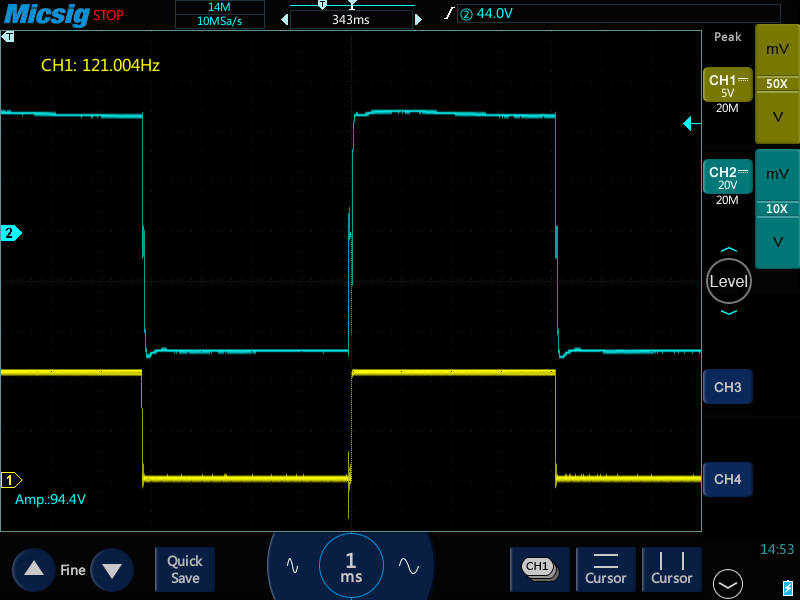
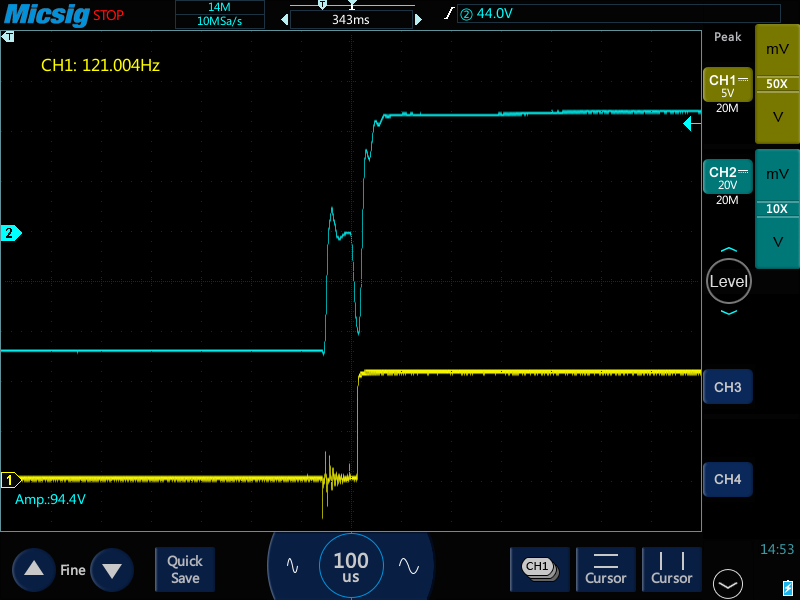
Not bad but I would have liked to have less clunky test clips so it is easier to clip them on SMT transistors or chips (SOIC housing).
I did a comparison with one of my Pintek DP25 probes using my network analyser (twisted wires and 50x setting).
The Pintek DP25 terminated with 50 Ohm:
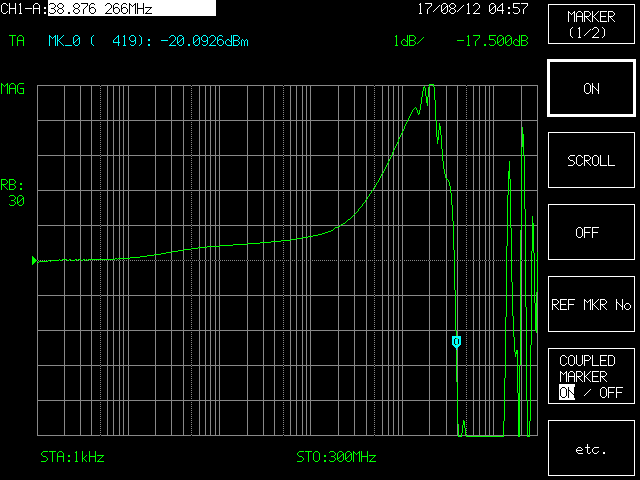
The Pintek DP25 terminated with 1M Ohm:
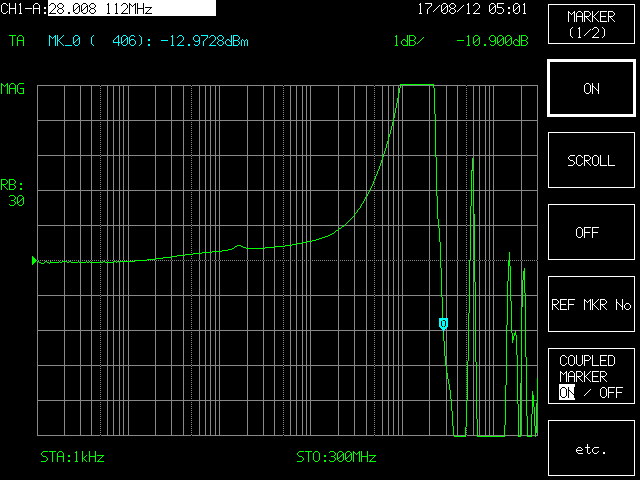
The MicSig DP10013 terminated with 50 Ohm:

The MicSig DP10013 terminated with 1M Ohm:
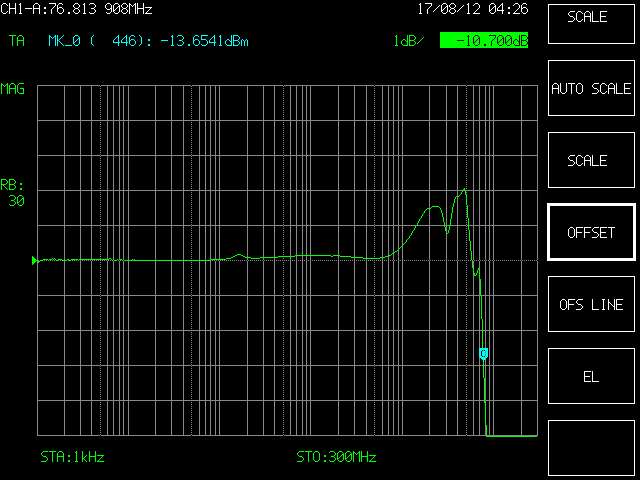
It is clear the DP10013 doesn't have a 100MHz bandwidth (at least when driven from a 50 Ohm source). When terminated with 50 Ohm it has a -3dB bandwidth of approx. 85MHz. OTOH compared to the much more expensive Pintek DP25 the MicSig DP10013 shows a much flatter frequency response.